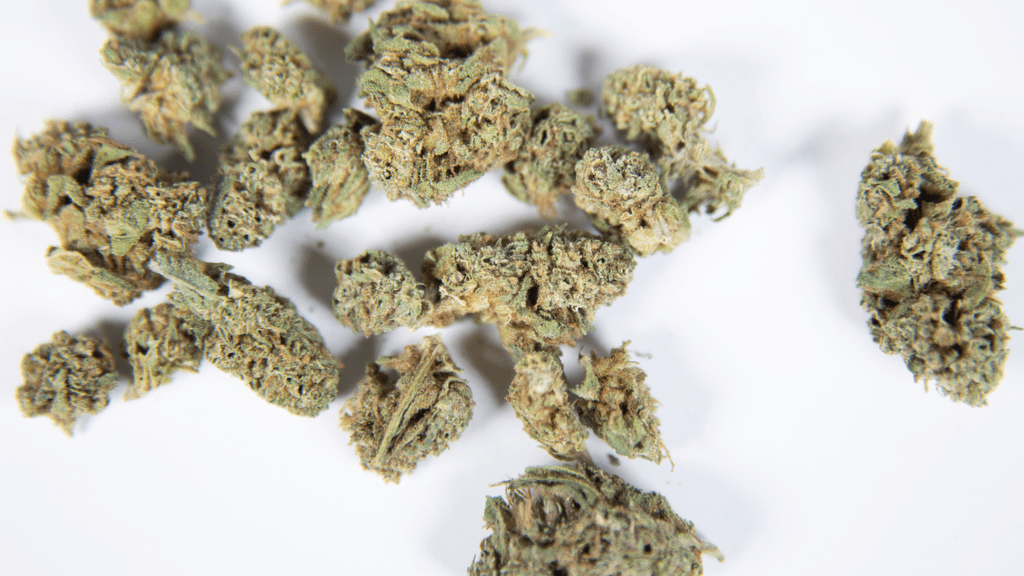In 2022, the United States witnessed significant progress in marijuana legislation, with several states advancing reforms to legalize or decriminalize cannabis. This article provides an overview of the key developments and highlights the states that took notable steps toward cannabis legalization during the year.
Federal Landscape
As of December 1, 2022, 21 states, along with the District of Columbia, Guam, and the Northern Mariana Islands, had enacted measures allowing the recreational use of marijuana. Despite these state-level advancements, marijuana remained classified as a Schedule I substance under federal law, indicating no accepted medical use and a high potential for abuse. This federal-state discrepancy continued to create complexities, particularly concerning banking and interstate commerce for cannabis businesses.
State-Level Legalization Efforts
Throughout 2022, several states made significant strides in cannabis reform:
- Rhode Island: In May 2022, Rhode Island legalized recreational marijuana through legislative action, becoming the 19th state to do so. The law permitted adults aged 21 and over to possess up to one ounce of cannabis and established a framework for regulated sales.
- Maryland: Maryland’s legislature approved a constitutional amendment to legalize recreational marijuana, which was placed on the November 2022 ballot. Voters approved the measure, allowing adults to possess up to 1.5 ounces of cannabis and paving the way for regulated sales.
- Missouri: In November 2022, Missouri voters passed Amendment 3, legalizing recreational marijuana for adults. The amendment included provisions for expunging certain marijuana-related offenses, reflecting a broader trend toward addressing past convictions.
States Considering Legalization
Several states initiated discussions or legislative efforts regarding cannabis reform in 2022:
- North Dakota: Advocates gathered signatures for a ballot initiative to legalize recreational marijuana. However, the measure did not secure enough support to appear on the 2022 ballot.
- South Dakota: Despite voters approving a legalization measure in 2020, the state Supreme Court invalidated it on procedural grounds. Efforts to reintroduce legalization continued in 2022, though no new measures were enacted during the year.
Trends and Considerations
The momentum for cannabis reform in 2022 highlighted several key trends:
- Legislative vs. Ballot Initiatives: While early legalization efforts primarily occurred through voter-driven ballot initiatives, 2022 saw a shift toward legislative action, with states like Rhode Island enacting laws through their legislatures.
- Social Equity Programs: New legalization measures increasingly incorporated social equity provisions, aiming to address the disproportionate impact of past drug policies on marginalized communities. These programs focused on facilitating industry participation among affected populations and expunging prior convictions.
- Regulatory Challenges: States continued to grapple with establishing effective regulatory frameworks to oversee the burgeoning cannabis industry, balancing public health concerns with economic opportunities. Issues such as taxation, licensing, and market competition required careful navigation to ensure sustainable growth.
Conclusion
The year 2022 marked a period of significant advancement in marijuana legislation across the United States. With additional states legalizing recreational use and others actively considering reforms, the landscape of cannabis policy continued to evolve. As public opinion increasingly favored legalization, and with growing evidence of the economic benefits from regulated markets, it was anticipated that more states would join the movement in subsequent years. However, the persistent federal prohibition posed ongoing challenges, underscoring the need for a cohesive national approach to cannabis regulation.

